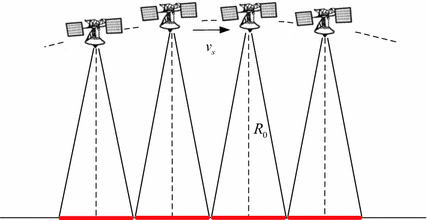1.1 SAR Concept
Radar is an electronic device that uses electromagnetic waves to detect targets. Early radar systems used time delays to measure the distance between the radar and the target, and they determined the direction of the target through the antenna pointing, and then used the Doppler shift to detect target velocity. In 1951, Carl Wiley of Goodyear Aerospace Corporation of the United States firstly discovered that side-looking radar can improve the azimuth resolution by utilizing the Doppler shift in echoes. This landmark discovery marks the birth of Synthetic Aperture Radar (SAR) technology. Using this technique, a two-dimensional radar image of the Earths surface can be obtained.
Compared with the traditional optical remote sensing, SAR is an active radar system that can penetrate the clouds, smoke, fogs, etc., with observation capability in all weathers and all day. Furthermore, SAR works in the microwave band, and it interacts with the target and then collects the corresponding echoes followed by imaging. Therefore, it allows us to observe previously unobservable features of the Earths surface and can be widely applied in the field of Earth remote sensing [].
SAR can achieve two-dimensional high-resolution imaging. Figure shows the SAR working geometry. The aircraft with a radar onboard moves in a straight trajectory at a constant velocity V along a particular direction. The radar transmits and receives signals towards a side looking direction at a fixed repetition frequency. Its horizontal beam width

is
Fig. 1.1
SAR working geometry
where D is the length of the real aperture, and

is the wavelength.
If the amplitude and the phase of the received signal are stored and coherently superimposed with the previously received signal, an equivalent linear array will be formed as the radar movement []. The length of the equivalent linear array is the moving distance of radar from the beam starting illuminating the target to the beam leaving it, which is defined as the length of the synthetic aperture

where R is the distance from the target to the platform trajectory.
After the coherent processing, the equivalent beam width formed by the synthetic aperture is
where the factor 2 is due to the round-trip propagation of the signal. It could cause that the phase difference of the received signals between the elements of the equivalent linear array is twice as great as the single trip. Or it can be equivalent as that the spacing of the array element is actually doubled.
Therefore, the azimuth resolution

is
In comparison, the high range resolution can be achieved by transmitting broadband signals (such as chirp signals) and using matched filtering for pulse compression. The range resolution

is
where c is the light velocity and

is the signal bandwidth.
It can be concluded that the differences between SAR and traditional real aperture radar are as follows.
The SAR azimuth resolution is independent of the slant range. It is equal to half the real aperture of the antenna. This is because the synthetic aperture length is proportional to the slant range of target. However, the azimuth resolution of a real aperture radar is proportional to the range when the beamwidth is constant. The farther the distance is, the coarser the azimuth resolution is.
The azimuth resolution of SAR is independent of the wavelength. This is because the length of the synthetic aperture

is proportional to the wavelength. In the real aperture radar, the longer the wavelength is, and the wider the beamwidth is, the coarser the azimuth resolution is.
1.2 SAR Modes
Different SAR modes can satisfy various requirements of systems resolution and swath width. Basic SAR modes include stripmap mode, ScanSAR mode and spotlight SAR mode [], but the system will become complicate and cost. Meantime, the imbalance between channels is a tough problem. Therefore, the multi-channel mode has not been widely used in spaceborne SAR except some experimental modes.
1.2.1 Stripmap SAR
Stripmap SAR is a standard mode of SAR. In this mode, the beam pointing remains side-looking as the moving of the radar, obtaining a consecutive strip image. It can obtain a relative large azimuth swath which is dependent on the continuous working time. However, the azimuth resolution is limited by the azimuth antenna size, half of which is the theoretically limit value. The range swath is limited by the range antenna size. Its width is the length of the illuminated area of the antenna beam in range (Fig. ).
Fig. 1.2
Sketch map of stripmap SAR mode
1.2.2 ScanSAR Mode
ScanSAR is a common wide-swath mode and can be thought as the extension of stripmap SAR. It transmits and receives echoes in different beam positions (or beam pointing), and then wide-swath images can be generated by imaging and combination. In ScanSAR, the data acquisition at a certain beam position is called a burst. For the N-burst ScanSAR, the integration time of each sub-strip decreases N times, i.e. the azimuth resolution drops N times. But the swath width increases N times. However, there exist the inherent scalloping effects in ScanSAR, which need be mitigated by multi-look processing which will make the azimuth resolution coarser (Fig. ).

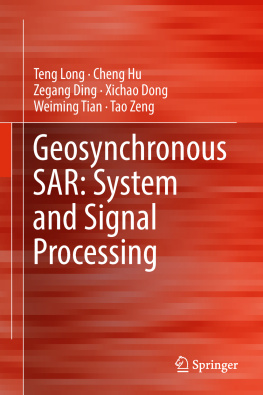
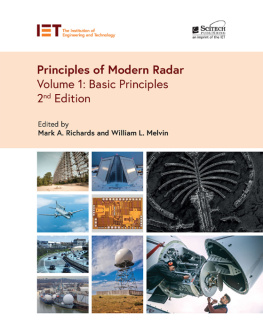
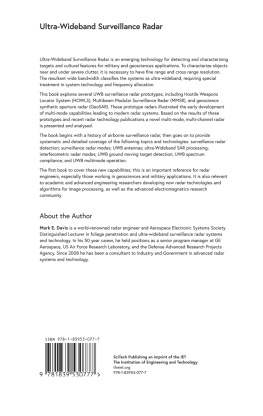
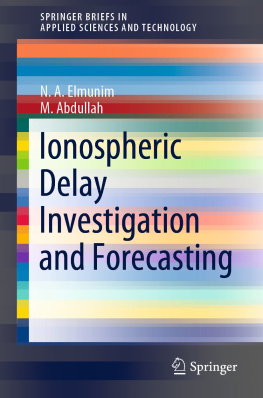
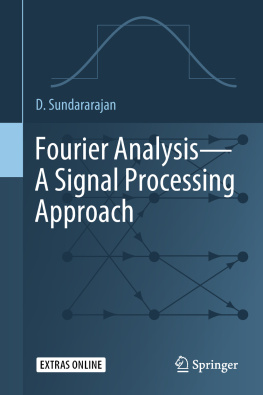

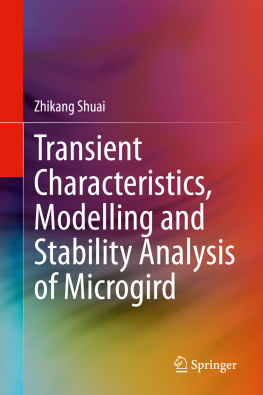
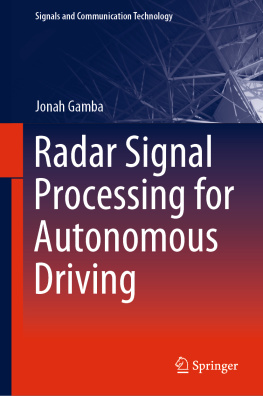

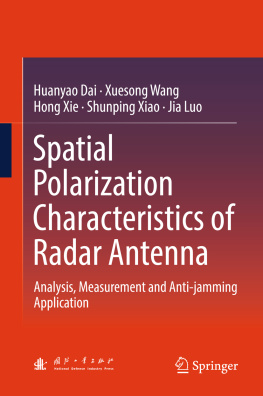
 is
is 

 is the wavelength.
is the wavelength.


 is
is 
 is
is 
 is the signal bandwidth.
is the signal bandwidth. is proportional to the wavelength. In the real aperture radar, the longer the wavelength is, and the wider the beamwidth is, the coarser the azimuth resolution is.
is proportional to the wavelength. In the real aperture radar, the longer the wavelength is, and the wider the beamwidth is, the coarser the azimuth resolution is.